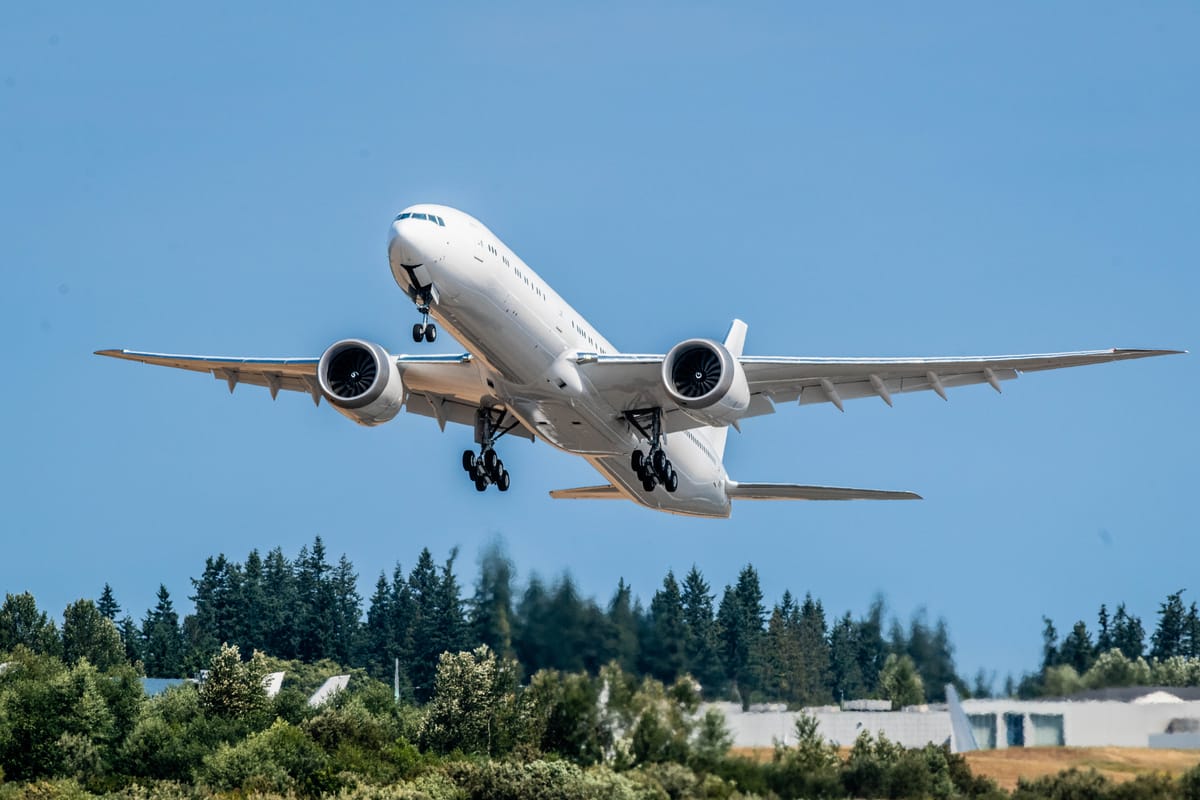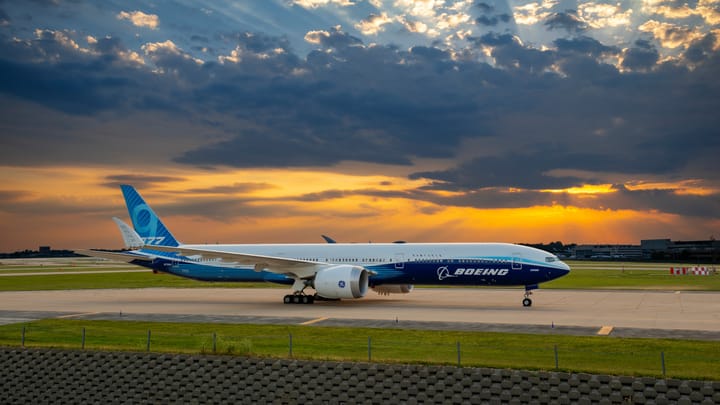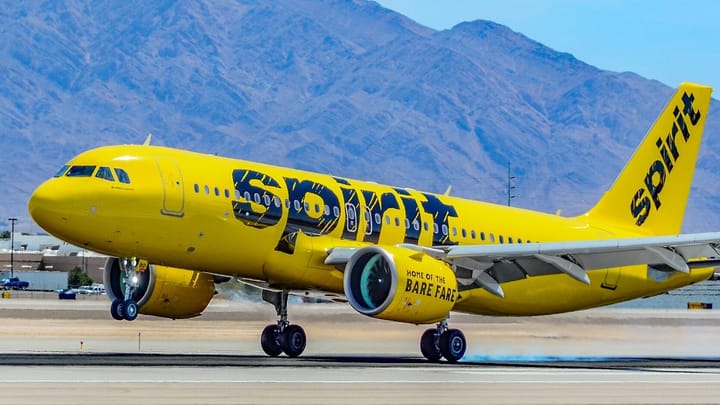Boeing’s 777X charges could rise to as much as $14 billion following latest delay
Boeing had already accumulated as much as $10.7 billion in combined reach-forward losses and abnormal production costs for the 777X program.

Boeing could potentially push the first delivery of the 777-9 to 2027, another delay to the aircraft program that was supposed to enter service in 2020. The company’s chief executive previously confirmed that the program was facing certification-related delays.
Bloomberg, citing people familiar with the matter, reported that Boeing could delay the 777-9's entry into commercial service to 2027, a year-long delay compared to Boeing’s previously communicated entry-into-service (EIS) date of sometime in 2026.
As of August 31, 2025, Boeing had 463 net orders for the 777-9, as well as 43 777-8 and 59 777-9F net orders, totaling a net backlog of 565 777X aircraft.
When Boeing initially launched the 777X aircraft program in November 2013, it estimated an EIS date of 2020, with the company’s annual 2013 report warning that lower margins or material charges could happen if “an airplane program has or is determined to have reach-forward losses.”
The manufacturer began recording reach-forward losses on the 777X program in 2020. The first charge was as much as $6.5 billion due to “market uncertainties driven primarily by the impacts of COVID-19 resulted in lower planned production rates and created significant pressure on the 777X program’s revenue and cost estimates.”
That year, Boeing pushed back the introduction of the 777-9 to 2023.
When it published its 2022 annual report, the company, reminding stakeholders that it had delayed the EIS of the 777-9 during the year to 2025, said that it booked $325 million of abnormal production costs during the year when it paused the 777X production in April 2022.
In 2023, it added another $513 million to the type’s abnormal production costs, followed by another $3.4 billion reach-forward loss in 2024. The sum was split between a $2.6 billion reach-forward loss as Boeing delayed the 777-9’s first delivery to 2026, and another $891 million reach-forward loss due to higher costs following the new agreement with its machinists in November 2024, which ended their 52-day strike.
According to the Bloomberg report, analysts estimated that another reach-forward loss could be between $2.5 billion and $4 billion, potentially taking the total reach-forward losses and abnormal production costs of the program to over $14 billion. In a more conservative scenario, that sum would come out to around $13.2 billion.
Kelly Ortberg, the President and Chief Executive Officer (CEO) of Boeing, had already admitted that the 777X program could face further delays during the Morgan Stanley Laguna Conference on September 11, 2025.
Ortberg did not specify whether the latest delay would mean the EIS would slip to 2027, or how large a reach-forward loss the company would reveal with its upcoming Q3 2025 results. However, the CEO said that “even a minor schedule delay on the 777 program has a pretty big financial impact because" the company is in a reach-forward loss situation.
“I will say the demand for the aircraft is fantastic. It is going to be a great airplane. We have just got to get ourselves through the certification program, and the mound of work is still in front of us.”
The problem, according to Ortberg, is that the Federal Aviation Administration (FAA) has not authorized “a good portion of the certification program,” saying that the planemaker is “clearly behind our plan in getting the certification done.”




Comments ()